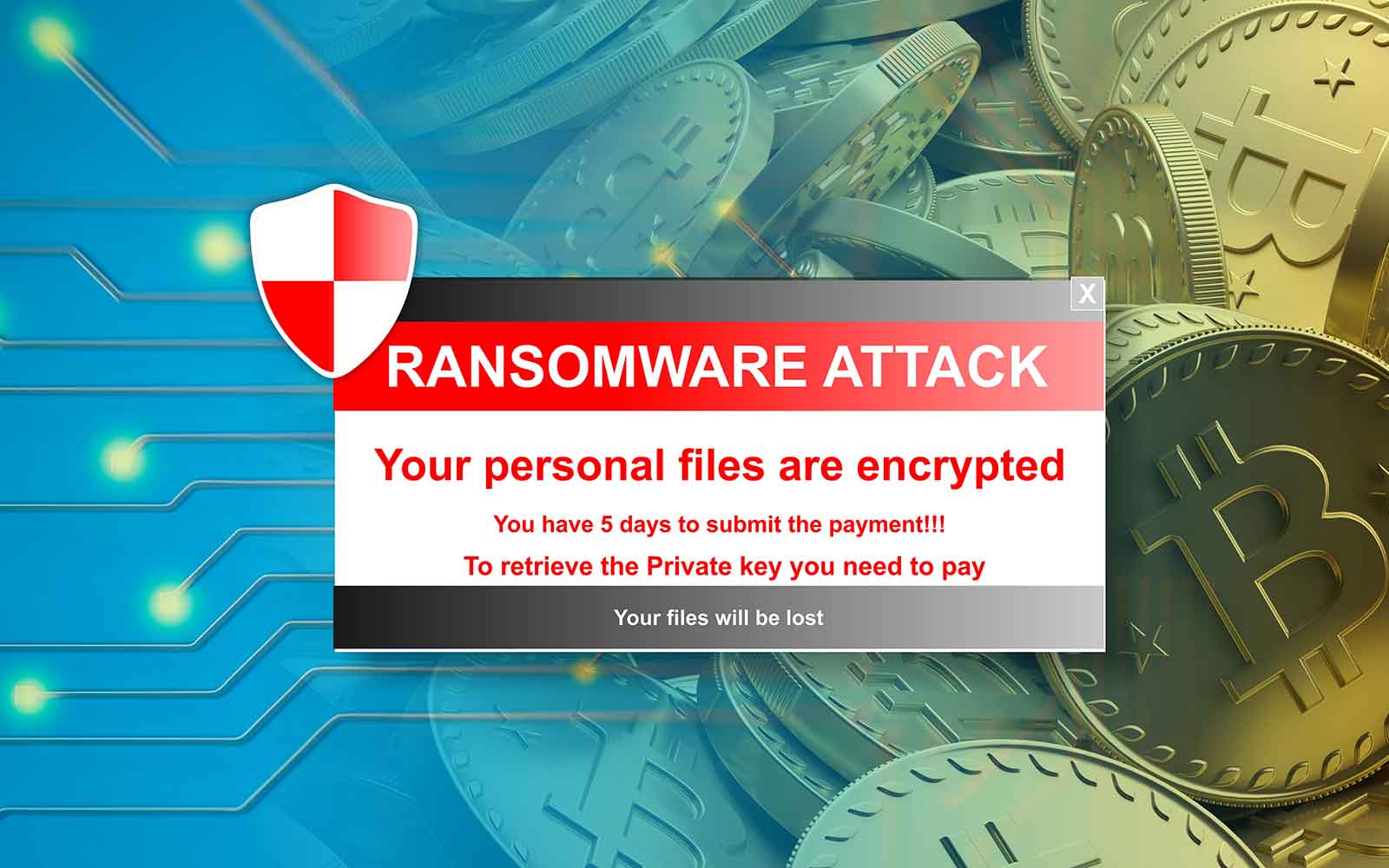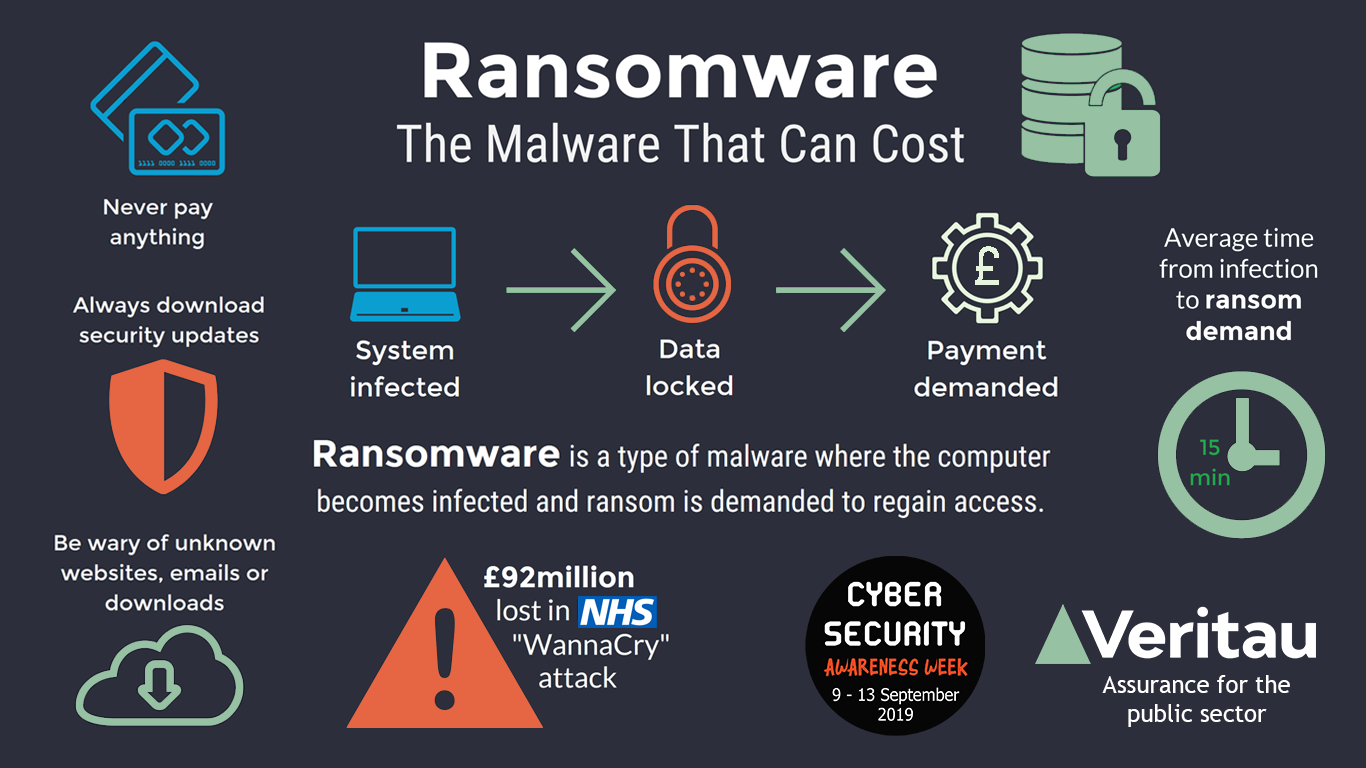Stop Ransomware: Your Guide To Understanding & Fighting Back
Are you prepared for a digital siege? Ransomware, a relentless digital adversary, is actively targeting individuals, businesses, and even critical infrastructure, demanding payment for the very data that keeps our world running.
The digital landscape has become increasingly perilous, and the threat of ransomware looms large. This malicious software, a form of malware, is specifically designed to encrypt files on a device, rendering them and the systems they rely on entirely unusable. The attackers, often operating anonymously, then demand a ransom, typically in cryptocurrency, in exchange for the decryption key that will restore access. This is a constant threat.
The financial and reputational damage inflicted by ransomware attacks can be catastrophic, impacting everything from day-to-day operations to the long-term viability of an organization. Hackers are not only locking you out of your systems but also threatening to sell or leak sensitive data, adding another layer of pressure and consequence. The situation is not likely to slow down anytime soon.
- Cheltenham Aesthetics Former Barmaids Instagram Update Hollywood Romance
- Olivia Dunne Nudes Leaks Hot Photos Videos Online See Now
The methods employed by ransomware actors are constantly evolving, becoming more sophisticated and targeted. They exploit vulnerabilities in software, employ phishing scams to trick users into downloading malicious files, and leverage compromised credentials to gain access to systems. There are many ways one can encounter ransomware.
This is a very important topic and you will find it everywhere.
To understand the scope of the threat, consider this: ransomware has become a leading cyberthreat to corporate, government, and personal cybersecurity. The impact is felt across numerous sectors, from government and financial services to healthcare and education. Even critical infrastructure like hospitals, schools, and emergency services have fallen victim to attacks, resulting in disruptions to essential services and significant financial losses. The government has been consulting on proposals to reduce the threat of these criminal attacks.
- Bianca Butti Amber Heard Relationship Status Net Worth Latest
- Sam Hartmans Girlfriend Is He Dating 2024 Update
Ransomware has been used to target critical infrastructure sectors, including government and financial services. The group behind the Hive ransomware, which was active between June 2021 and January 2023, employed double extortion and typically targeted public institutions and critical infrastructure, including healthcare facilities. The impacts of ransomware are not to be taken lightly.
The Department of Homeland Security has reported that ransomware is a serious and growing threat to government operations at the federal, state, and local levels. State, local, tribal, and territorial government organizationsincluding schoolshave been targeted by ransomware, which can affect vital government operations and services. Ransomware attacks on schools can cause learning loss as well as monetary loss.
Recognizing the gravity of the situation, governments and organizations are taking proactive steps to combat ransomware. The creation of stopransomware.gov, a collaborative effort across the federal government, exemplifies this commitment. This joint website aims to help private and public organizations mitigate their ransomware risk, offering resources and guidance to strengthen cybersecurity defenses.
Preventing ransomware attacks requires a multi-faceted approach, encompassing proactive measures, robust security protocols, and comprehensive incident response plans. Implementing these strategies can help you and your organization.
One of the most crucial steps in mitigating ransomware risk is to implement robust cybersecurity measures. This includes:
- Regularly updating software and operating systems: Software vulnerabilities are a primary entry point for ransomware. Keeping software up-to-date with the latest security patches is critical to closing these gaps.
- Employing strong password policies and multi-factor authentication: Strong passwords and multi-factor authentication (MFA) add an extra layer of security, making it more difficult for attackers to gain unauthorized access to systems.
- Implementing robust endpoint protection: Endpoint protection solutions, such as antivirus software and endpoint detection and response (EDR) tools, can help detect and prevent ransomware from executing on devices.
- Securing network infrastructure: Network security architecture should be carefully designed to address modern threats, including ransomware. This involves firewalls, intrusion detection and prevention systems, and network segmentation to limit the impact of a potential breach.
- Backing up data regularly: Data backups are your lifeline in the event of a ransomware attack. Regular, offsite backups ensure that you can restore your data and systems without paying the ransom.
Ransomware actors often target and threaten to sell or leak exfiltrated data or authentication information if the ransom is not paid. The attackers ask for money or cryptocurrency, but even if you pay, you don't know if the cybercriminals will keep your data or destroy your files. Meanwhile, the information you need to run your business and sensitive details about your customers, employees, and company are now in criminal hands.
Even with these measures in place, the possibility of a ransomware attack remains. Developing a comprehensive incident response plan is essential to minimize the impact of an attack.
The response plan should include:
- Rapid detection and containment: Implement security measures that promptly detect a ransomware incident. This means having the ability to identify any threat as soon as possible. Once an attack is confirmed, the immediate focus should be on containing the spread of the ransomware. This may involve isolating infected devices, shutting down affected systems, and disconnecting from the network.
- Data recovery and restoration: Having a backup of your data is critical to restoring systems and information that might be lost due to the attack. This may involve restoring data from backups or utilizing other recovery methods.
- Notification and reporting: The organization should notify the relevant authorities, including law enforcement agencies, cyber security agencies and any other relevant parties.
- Post-incident analysis and remediation: After the incident has been contained and data restored, it is essential to conduct a thorough post-incident analysis to understand the root cause of the attack.
Ransomware has become one of the most prominent types of malware targeting a wide variety of sectors including government, education, financial, and healthcare sectors, with millions of dollars extorted worldwide every year. The ways of encountering ransomware are everywhere these days.
It is nearly impossible for a week to go by without reading or hearing about another company that was hit by an attack. In April 2022, Costa Rica declared a national emergency after multiple government institutions suffered ransomware attacks. Russian ransomware group Conti claimed responsibility for the attack and encrypted hundreds of gigabytes of sensitive information. Costa Rica eventually refused to pay the ransom, and the attackers
The new stopransomware.gov is a collaborative effort across the federal government and the first joint website created to help private and public organizations mitigate their ransomware risk.
The implementation of the prevention strategies and preparation of the plan is important to help with an attack, but in some cases, that may not always be possible. This is because of the evolving nature of ransomware. Due to this, experts recommend that you notify authorities.
In the future, it could be possible for attackers to create ransomware that will automatically generate deepfake content of a victim performing some incriminatory or intimate.
Ransomware as a Service (RaaS) is a business model where ransomware developers provide the tools and infrastructure to affiliates, who then execute the attacks. The affiliates earn a portion of each successful ransom payment. This RaaS model has democratized ransomware, making it accessible to individuals and groups with limited technical expertise.
Anyone with a computer connected to the internet is at risk, including government or law enforcement agencies and healthcare systems or other critical infrastructure entities.
See how ransomware operates and the three developments that have made it more pervasive and lucrative; Learn about strategies that reduce the risk and cost of ransomware, including what actions to take before, during, and after a ransomware attack; Understand network security architecture to better address modern threats, including ransomware.

.jpg)

Detail Author:
- Name : Roosevelt Lakin
- Username : dora24
- Email : ubogisich@gmail.com
- Birthdate : 1974-10-07
- Address : 51640 Lesley Lake Suite 416 New Delia, UT 43057
- Phone : 508.329.1044
- Company : Emmerich, Kuphal and Wintheiser
- Job : License Clerk
- Bio : Maiores aliquid iure vel reiciendis accusamus sapiente quo. Minus ipsam quia dolores pariatur exercitationem voluptatum est. Sit porro itaque necessitatibus quo.
Socials
twitter:
- url : https://twitter.com/christophe.gorczany
- username : christophe.gorczany
- bio : Error quis possimus animi nesciunt laborum soluta. Ad id inventore omnis architecto ea. Nesciunt quidem alias accusamus est.
- followers : 4017
- following : 1106
facebook:
- url : https://facebook.com/christophe1400
- username : christophe1400
- bio : Voluptatem est qui ipsam iste soluta doloribus iure. Delectus id iste illum.
- followers : 5926
- following : 2859
linkedin:
- url : https://linkedin.com/in/cgorczany
- username : cgorczany
- bio : Corporis iure quis in.
- followers : 177
- following : 1162